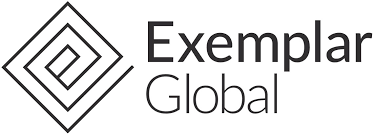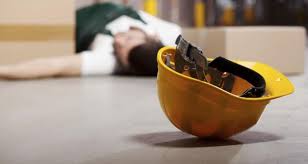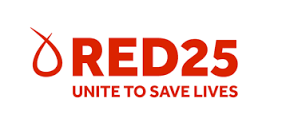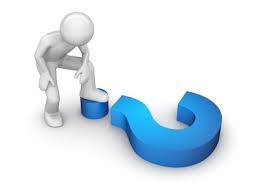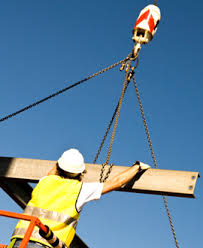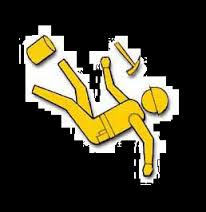While working at home may be a new concept for some industries and job roles many employers have been adopting and implementing work from home employment agreements since cloud computing and high speed internet have become common place within industries.
With the recent uptrend in working from home even before the COVID-19 came about there have been some experience based learning’s that we can share with you. If adopted with the right attitude working from home does provide opportunities for business improvements and may result in some innovative new practices within businesses moving into the future.
Establishing a Routine
It is important that you keep yourself in a regular morning routine so that your in the right frame of mind for work. i.e. shower, get dressed for the day, eat breakfast just as if you were leaving the house to go to work.
Those lucky enough to have a spare room or enough space for a dedicated workstation should set up a workstation in these areas. As much as possible try and minimise distractions, ensure comfortable seating (more on this later) and have natural light. Try to avoid working in the same space as where you sleep.
Create a schedule just as you would at work and take regular breaks. Hand out the washing, walk around the block or just make a coffee or cup or tea, all of these things will refresh your mind. Also, it is important to ensure all persons living with you are aware that you work from home and some house rules or structure are set that all persons can respect.
Ergonomic considerations
It is important to ensure your workstation is set up safely in order to reduce aches and pain associated with working at a desk.
We assist companies manage this workplace safety issue and have developed a workstation self-assessment form to guide managers and persons undertaking work at desks to implement adequate controls to reduce risks. We are happy to share this resource with you: Workstation Self-Assessment
When working off a laptop of using a non-height adjustable chair you may need to be creative. Some of the ‘out side the box’ controls listed below may be of use to you.
- Access an external wireless keyboard and mouse to increase posture flexibility
- Raise your screen to eye level
- Introduce a sit stand desk or duel screen
- Use pillows or a rolled up towel to provide lumbar support
- Increase your chair height
- Placing a stool on the ground so your feel have a surface to rest on
Mental Health
One of the most underestimated challenges when working from home is mental health and the often unexpected sense of isolation people can feel. We humans are a social species and need to feel connected.
While you wont have the coffee machine or water cooler for 5 minute chats when working from home there are other ways of staying connected. Here are a few ideas:
- Scheduled work team conference calls with video where possible
- Sychronised coffee or lunch breaks with work colleagues
- Work group Whats app, Facebook Messenger or just plain old group texts
Our Working From Home Support Services Include:
- Remote workstation assessments including interviews or video call sessions.
- Working from home policies and procedures
- Setting up your workstation procedure
Posted By: Cathal Uniacke – cathal@custodiansafety.com.au
